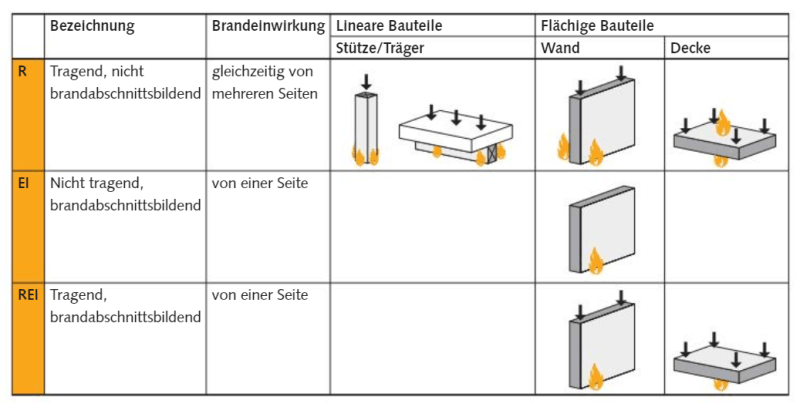molibden
Structural
- Apr 11, 2010
- 200
I have load bearing interior CLT walls (or any other structural system, doesn't matter in this case) in multi-residential building. Each apartment is a fire compartment. Each apartment has several rooms as usual. My question is when to consider a wall with fire on both sides at once. For external walls and separating walls between fire compartments I'm confident to design them with fire on one side. For interior walls within one room I'm sure to design them with fire on both sides at once. But for interior walls between rooms I'm not sure. I can't find my answer in any code or publication.
I'm using Eurocodes, but would love any insight how you view this issue.
I'm using Eurocodes, but would love any insight how you view this issue.

